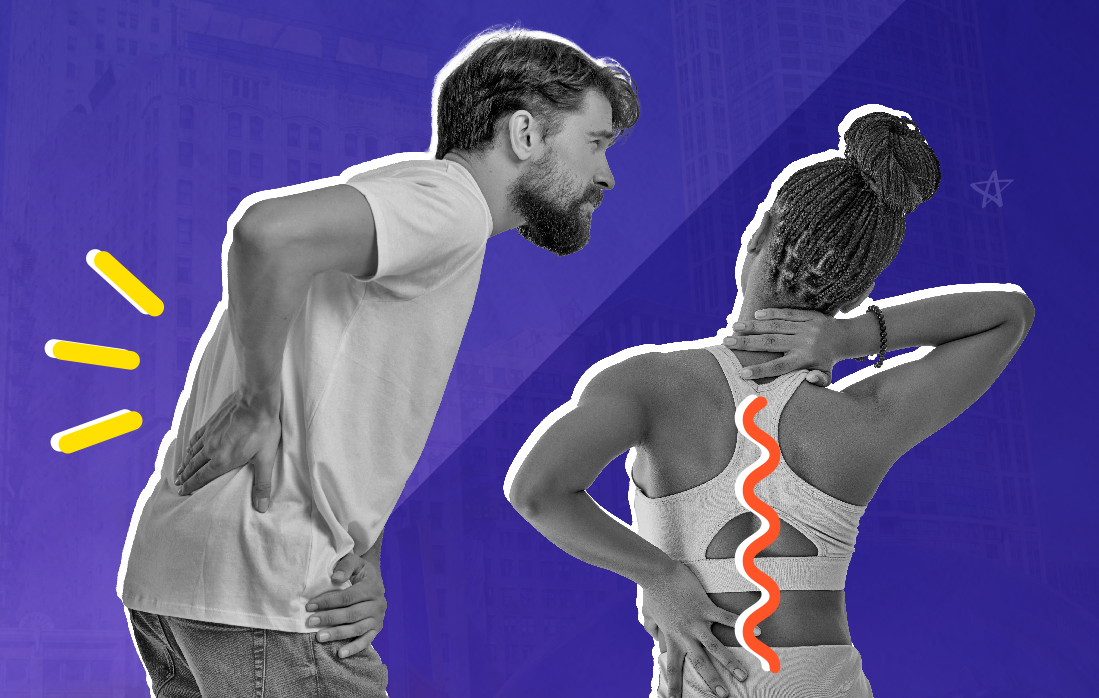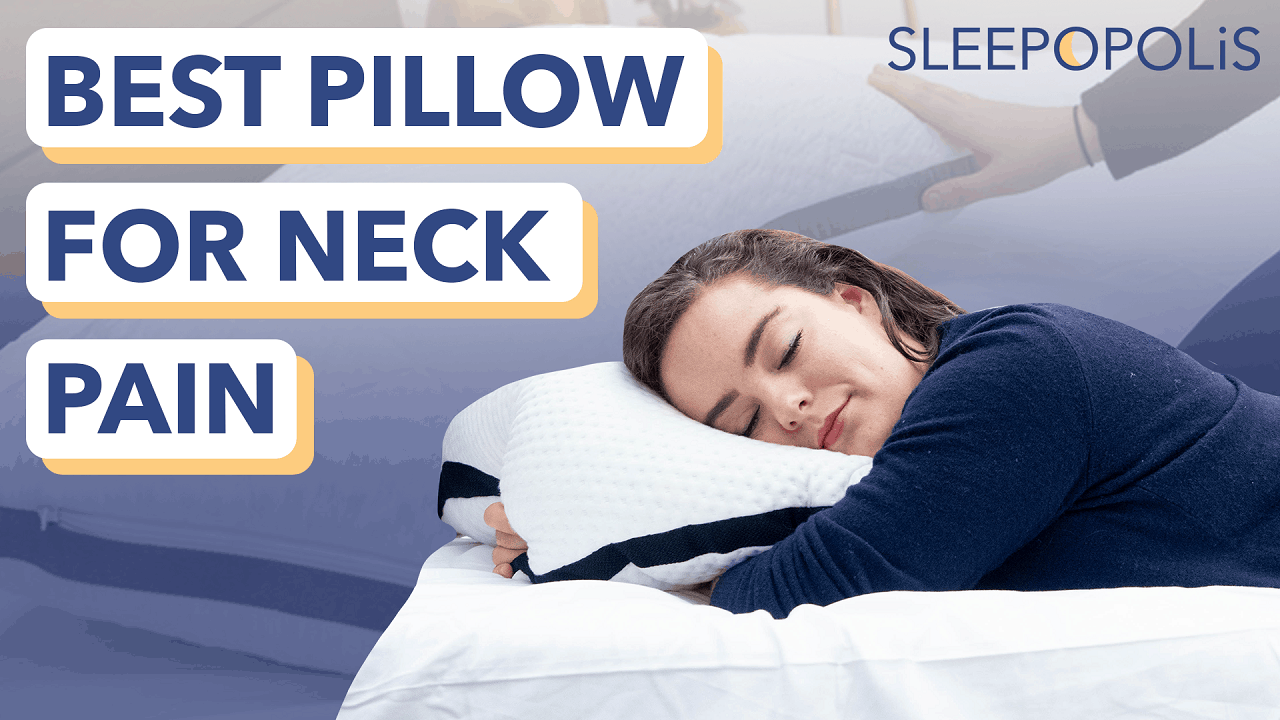
Are influencers really dislocating their shoulders to sleep? The answer is… complicated. This is not some new-age wellness hack or dubious health claim that a lifestyle influencer made on TikTok; instead, this is how someone who suffers from a chronic illness is able to get some restful sleep.
Tia Wilson (@tortillawilson on Instagram), posted several videos detailing how she was sleeping with her shoulder dislocated because she has hyper-mobile Ehlers-Danlos Syndrome, or hEDS. Wilson elaborated that she knew that sleeping with her shoulder dislocated probably wasn’t the best idea, but that it was an easy way for her to get some quality sleep while she was sick.
We’ve gone ahead and broken down what EDS is, how it can impact your sleep, and some tips to sleep safely and comfortably with EDS.
What Is Ehlers-Danlos Syndrome?
If you’re not familiar, the Ehlers-Danlos Syndromes are a group of connective tissue disorders that can affect all sorts of bodily functions, and these disorders can particularly affect sleep.
There are thirteen different types of Ehlers-Danlos Syndromes, and each one of these types of EDS can create unique challenges for those who have them. Even the same type of EDS can present completely differently in two different people. (1)
According to the Ehlers-Danlos Society, symptoms that are found across all types of EDS are “joint hypermobility, skin hyperextensibility, and tissue fragility.” (1)
Hyper-mobile Ehlers-Danlos Syndrome (hEDS) is one of the more common types of EDS, and can create some specific sleep challenges for those who have hEDS.
How Does Ehlers-Danlos Syndrome Affect Your Sleep?
The Ehlers-Danlos Society says that since many people who have EDS suffer from chronic pain as a part of their symptoms, this pain can affect their ability to sleep comfortably. (2) However, people who have hEDS might need some extra support for their joints while they sleep, since hEDS causes a person’s joints to be hypermobile, which means that their body needs to be extra supported during the night. (3)
How to Sleep Comfortably With Ehlers-Danlos Syndrome
Sleeping comfortably is something that people with EDS or hEDS can struggle with, but there are some solutions that will help you sleep safely and comfortably.
In one of her videos, Wilson recommends using a scarf or a pair of leggings to create a sort of harness for your shoulders. To do this, you’ll wrap the scarf around your back, with the ends of the scarf facing in front of you. Then, take the ends of the scarf, and throw them over your shoulders. Next, make an X shape with the ends of the scarf on your back, and tuck the ends into where you initially wrapped the scarf around yourself.
According to Wilson, this helps keep your shoulders from subluxating, or partially dislocating.
Wilson also recommends buying a pillow with grooves and an indentation or space for your head. She noted that doing this has helped support her neck while she sleeps. Wilson goes on to suggest that sleeping with a pillow under your knees and feet will also provide some of the support needed to sleep comfortably.
Other Tips for Sleeping with EDS from Reddit
The subreddit r/ehlersdanlos also has some good recommendations for sleeping with EDS. Pregnancy pillows seem to be a common suggestion, since the shape of the pillow can give you more support than you would usually find. Weighted blankets are also a commonly suggested accessory, with users noting that it helps them stay in one safe and comfortable position while they sleep.

10 Sleep Trends for 2024: Separating Fads from Science

How to Sleep with Scoliosis

A Guide For How To Sleep With Hip Pain

Best Pillow for Neck Pain
Sources
- What is EDS?. The Ehlers-Danlos Society. Accessed July 19, 2024. https://www.ehlers-danlos.com/what-is-eds/
- Sleep problems in EDS and HSD. The Ehlers-Danlos Society. Accessed July 19, 2024. https://www.ehlers-danlos.com/sleep/#:~:text=Pain%20and%20other%20symptoms%20may,person%20from%20getting%20deep%20sleep.
- Hypermobile EDS and hypermobility spectrum disorders. Ehlers-Danlos Support UK. Accessed July 19, 2024. https://www.ehlers-danlos.org/what-is-eds/information-on-eds/hypermobile-eds-and-hypermobility-spectrum-disorders/#:~:text=Hypermobile%20Ehlers%2DDanlos%20syndrome%20(hEDS,exactly%20how%20frequently%20it%20occurs.



























